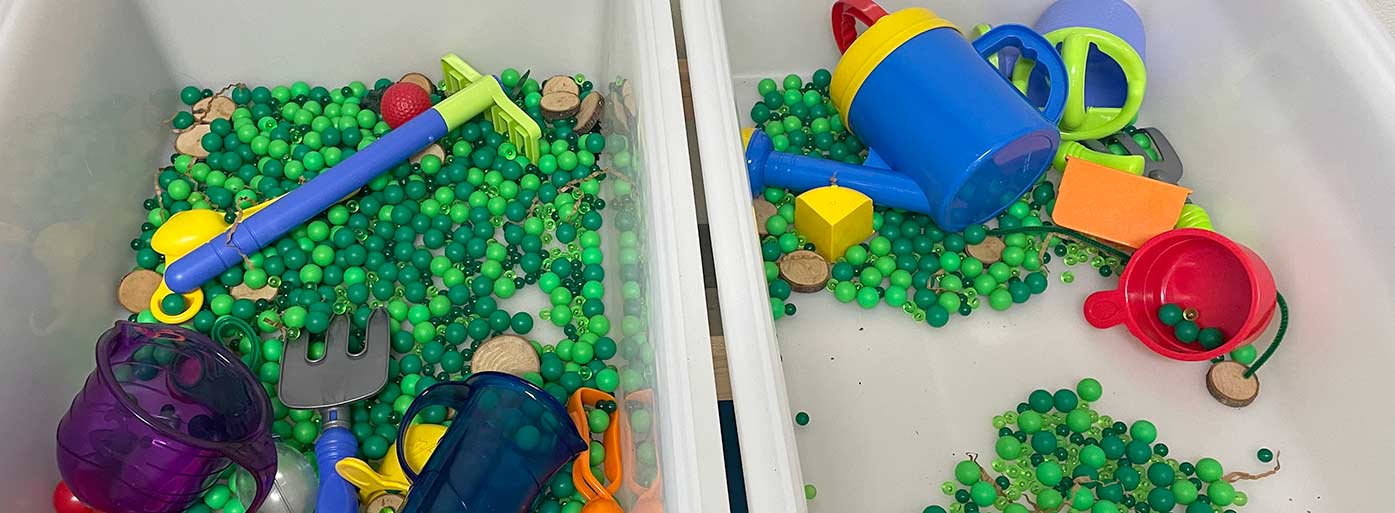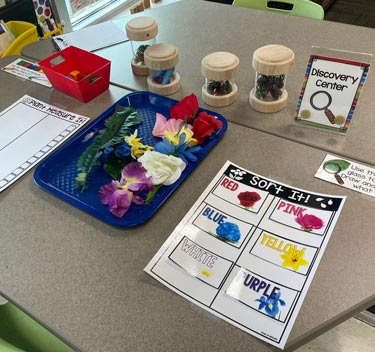Developmentally Appropriate Practices (DAP) in Early Childhood Education
Developmentally appropriate practices and strategies support a caring community in the early childhood classroom by building partnerships with stakeholders, using assessment to develop learning, and implementing high-quality curriculum to achieve successful outcomes. Demonstrating professionalism as an early childhood educator includes recognizing the strengths of young children by providing culturally, linguistically, and ability-based experiences for every child in the classroom.
Connections to the Texas Prekindergarten Guidelines (TPG) and the Texas Essential Knowledge and Skills (TEKS)
Ensuring optimal development through strengths-based, play-based experiences, requires that the early childhood Texas educator reference the TPG outcomes and TEKS student expectations to drive instructional practices while implementing high-quality adopted instructional material with fidelity.
Alignment to developmentally appropriate practices and the TPG/TEKS may be expressed as follows:
- Using TPG/TEKS domains and outcomes to determine play-based opportunities in the environment that are aligned with high-quality adopted instructional materials
- Using a strengths-based approach to elicit interactions and increase engagement that supports a caring community of learners as demonstrated through the TPG/TEKS
- Using research-based instructional practices to drive instruction that is guided by the TPG/TEKS



